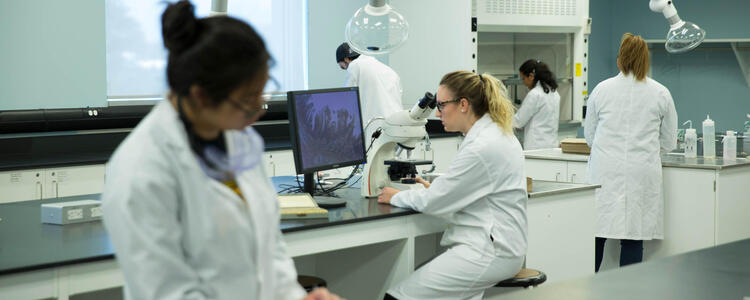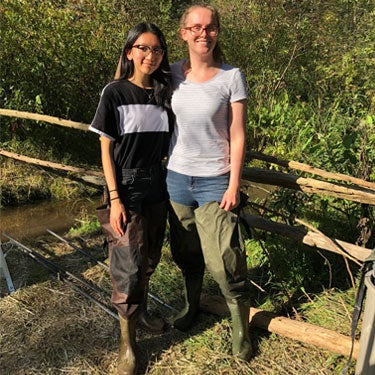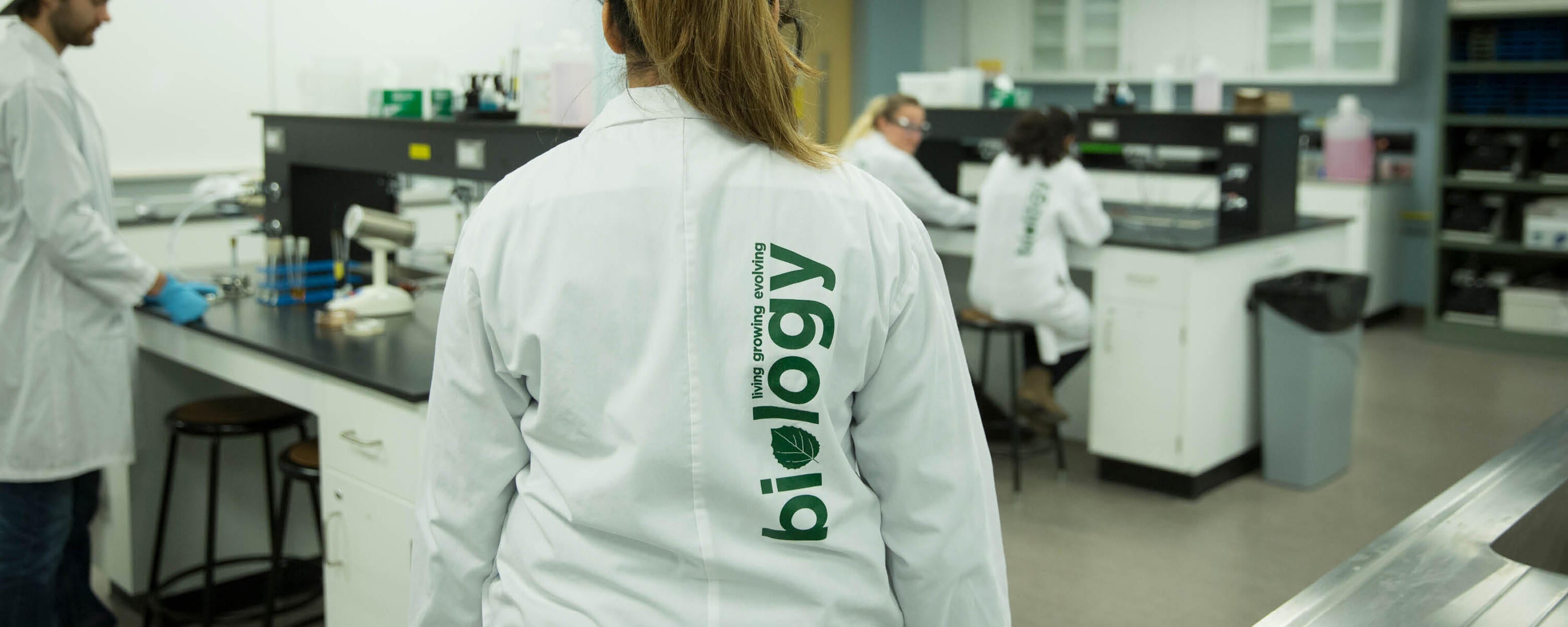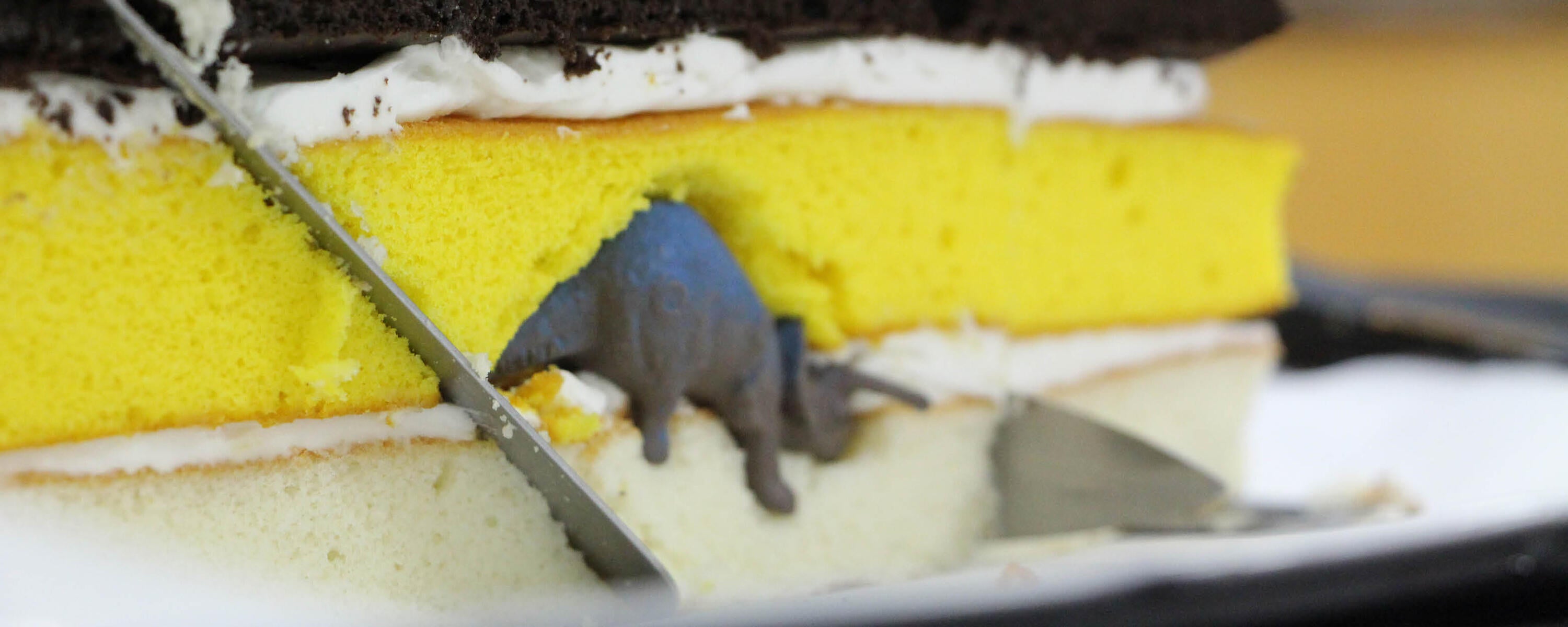
What makes a scientist a scientist? Some could argue it’s the breadth of knowledge on how the natural world works or achieving expertise in a specific area of study — but many would agree that laboratories (AKA labs) are what propel you from student to scientist.
Labs are where you get to witness science, prove or disprove theories, and develop skillsets that you can take with you in almost any career field you choose. For many students in the Faculty of Science, labs are one of their favourite academic experiences. Want proof? Those who love labs will happily spend a full six hours in an analytical lab (CHEM 360 anyone?) without blinking an eye. That’s how fun they are for scientists.
So, put on your goggles and lab coat and join current students as they tell you about the different types of labs, high school vs. university labs, first-year vs. upper-year labs, some fun lab stories, and other tips to make your time at the University of Waterloo successful.
Labs depend on the type of science
Field Methods in Hydrology have us going into Laurel Creek (a stream that runs through campus) with waders and D-nets. Inevitably someone will unintentionally go swimming and emerge with soaked clothes.
Have you ever noticed that labs in movies all look similar, no matter what the type of science is being examined? That’s because we, as a society, have grown accustomed to the shiny lab benches, goggles, gloves, and lab coats associated with the classic scientist (think chemistry or biology), but not all labs look like the labs shown in pop culture. Scientists in physics and earth sciences will often not require coats and goggles (unless you need a “clean room” to remove environmental contamination), and some even head out into the field to gather samples for analysis.
Chemistry and biology labs are called traditional wet labs. They have access to water lines, gas lines, vacuum/air lines, and fume hoods. This is where you’ll work with glassware, Bunsen burners (or heat plates), Petri dishes, microscopes, plants/organisms, and various compounds and solutions.

Physics labs look like traditional labs in the sense that they have lab benches and access to electrical outlets, but they aren’t wet labs. You’ll work with computers, circuit boards, weights, lasers, magnets, air tracks, and more.
Earth and environmental sciences labs differ from 'traditional' labs too, but they still typically have benches and microscopes. You’ll find rock samples, core samples, maps, magnets, models, and tools for identification and analysis. You’ll also get some time in the great outdoors during field labs.
High school and university labs are different
Teaching Assistants (TA’s) will often run pre-lab sessions where you can review the equipment and techniques ahead of time — how it looks and works in real-life. This has really helped many of us in quelling any anxiety we had about our first-year labs.
The biggest difference between high school and university labs has to be that it’s a stand-alone class. It’s associated with your lecture(s), but not incorporated into that time slot. So, you get an extra 3-6 hours per week (depending on your major) dedicated to hands-on learning and experimentation.
Beyond that, our students have made a quick list of what the main differences are, based on their experience. Here’s what they had to say.
- Way more high-tech in university. You get to play with a wide array of equipment, tools, and techniques that you simply don’t have access to in high school.
- The scope of the lab is so much larger — and finishing on time is a must in university. As such, you really start to develop your skills in multitasking and time management.
- Your responsibilities are greater — you need to do your own prep, work, write-up, and cleanup (knowing what solutions clean what — because some chemicals and cleaners don’t mix).
- Depending on the lab, you’ll have lab partners. They’re often random people who sit next to you — but some of us coordinate labs to be with someone we know. Regardless, you often become fast friends with your lab partner because you need to divide and conquer on much of the work to get the lab completed on time. Keep in mind, you usually hand in your own report, so it’s not technically group work.
- Lab reports are professional grade. You need to make your own connections between the experiment and what you’re learning in your classes, as well as understand why an experiment may not have had the results you expected.
This change between high school and university can seem big, but the University of Waterloo has your back.
First-year labs are just the beginning
Upper-year labs can contain items like biohazard materials. You’re handling things like E.coli — so the stakes are higher. You can’t allow these items to move from the lab to the rest of the University, so even your lab coat needs to stay in the lab room. Nothing comes in or out that could jeopardize the health and well-being of others.
When you first start at university, many of the courses and labs are determined for you. They contain the building blocks you need for branching out in your upper years. Once you reach second, third, and fourth year, the labs can look and feel very different.
Some of our upper analytical chemistry labs are six hours long — which sounds daunting — but many of our students swear that these labs are the place where they feel like the scientist they were meant to become.
Many students in first year rely upon their instructors and TA’s for advice and guidance, but in upper years, you need to become more independent. You also have fewer lab partners, teaching you self-reliance and autonomy.
Another key difference is the risk level. In first year, you’ll work with a variety of chemicals and compounds (like acids) that have inherent risk, but it’s much lower.

All work and no play? Not in our labs.
It’s really worth noting that labs, in general, are not about getting everything right and perfect, but to be able to use background knowledge to understand the outcome of your experiment and why it happened.
So, let’s be fair: labs are hard work. You’re uncovering the science behind the lectures, learning critical thinking and time management skills, gaining experience in writing reports, understanding new techniques and tools, and how to experiment through observation, and trial and error. It can be challenging, but it can also be exciting.
Our instructors make their labs as fun as possible (while keeping their students safe) because we know what motivates students. One instructor might play music, another might send the class around the building to swab surfaces for evidence of bacteria. In our Earth Sciences lab, you learn about faults and folds within landforms using a massive slab cake. At the end of the lab — students get to eat the leftovers!

In your first-year chemistry lab, your instructor gives out buttons for finishing your work quickly. “If you were first, you and your partner would get these cute little buttons. I challenged myself to cover my whole lab coat pocket in those buttons!” Kristina, Psychology, Co-op.
As you can see, labs in university are going to challenge you, but you’re going to love them too! Scientists around the world dominate labs because they’ve spent so much time learning how to perform experiments, analyze data, and report results both confidently and intelligently.
Welcome, future scientist.




